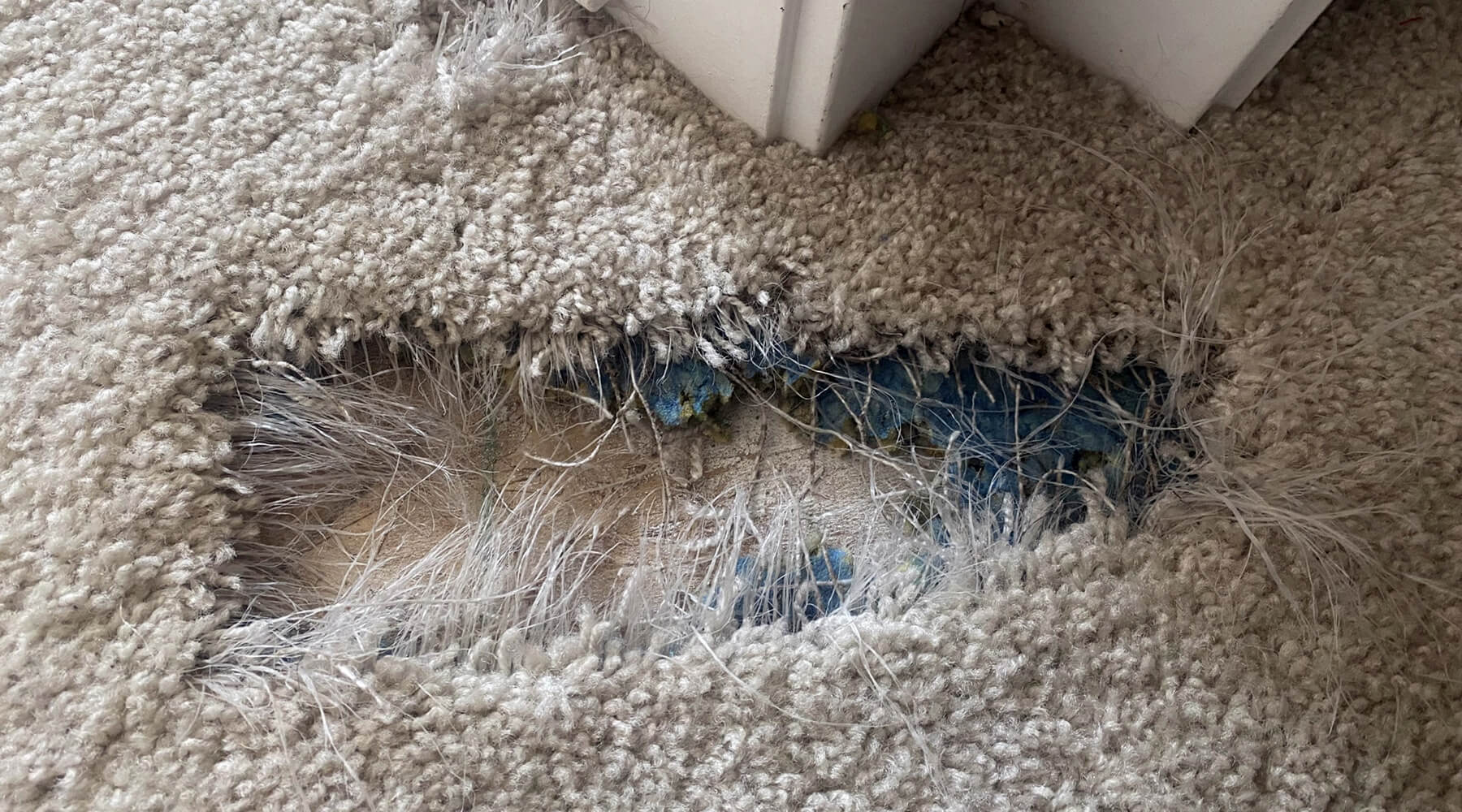If you’ve ever walked into a room and found your carpet frayed or ripped at the corners, you’re not alone. Many cat owners wonder why their cats scratch the carpet, especially when plenty of other surfaces are available.
Scratching is a natural, healthy instinct for cats, not naughtiness. But when your floors become the target, it's a behavior that needs addressing.
Why Do Cats Scratch Carpets?
Cats scratch for different reasons, from stretching and marking territory to maintaining claw care. But carpet scratching usually has distinct causes.
1- Lack of Proper Scratching Options
If your cat doesn’t have enough scratching posts, they’ll use what’s available, and the carpet is often their next best choice. Even if you’ve provided vertical scratchers, your cat might crave variety. Cats enjoy both vertical (standing) and horizontal (floor-level) scratching surfaces, so carpet becomes appealing when there’s no proper horizontal option nearby.
2- Closed Doors & Curiosity
Cats dislike being left out. If your cat scratches the carpet near closed doors, like your bedroom, office, or bathroom, it’s likely because they want access. The scratching behavior isn’t about the carpet itself but about frustration or curiosity over what’s behind the door.
3- Texture & Sensation
Although carpets aren't ideal scratching surfaces, some cats enjoy their texture. The loops feel satisfying on their claws, which can turn into a daily habit.
Why Is Scratching Important for Cats?
Before you try to stop your cat from scratching, it’s essential to understand that scratching itself is good for them.
Scratching behavior in cats helps to:
- Relieve stress or release energy.
- Maintain healthy claws by removing the dull outer layer.
- Stretch muscles in the back, shoulders, and legs.
-
Mark territory using scent glands in their paws.
You don’t want to stop the scratching; you just want to redirect it to better surfaces.
How to Stop Cats from Scratching Carpets
To stop unwanted scratching, focus on offering good alternatives and a smart environment, encouraging your cat to make better choices instead of punishing them.
1- Offer Multiple Scratching Options:
Give your cat a mix of scratching surfaces:
-
Vertical posts wrapped in sisal for a tree-like feel.
-
Horizontal cat scratcher mats that are made of natural sisal or corrugated cardboard.
- Sisal scratching mats are placed near their favorite resting or play areas.
Explore Hilde & Phil Sisal Cat Scratching Mats
2- Choose the Right Textures
Avoid carpet-covered scratchers that might confuse your cat with your flooring. Instead, opt for distinct materials like natural sisal mats, cardboard, or woven fabric, making the difference clear. In multi-cat homes, ensure each cat has at least one scratching post to prevent competition.
3- Place Scratchers Strategically
Put new cat scratchers where your pet already scratches. If your cat scratches the carpet in front of a bedroom door, place a scratching mat there, as cats are more likely to use what's nearby than search for a post across the room.
4- Make Scratching Fun
Encourage your cat to explore the new cat scratchers by:
- Sprinkling catnip or using a natural catnip spray.
- Playing nearby with teaser wands to draw attention to the post.
-
Reward your cat when they use it.
Positive reinforcement helps them associate the new scratcher with good experiences.
5- Use Natural Deterrents
If your cat keeps returning to the carpet, try deterrents that safely discourage them:
- Double-sided tape or carpet protectors on problem areas.
- Cat-safe sprays with citrus scents.
-
Motion-activated air bursts that startle but don’t harm.
Always place a tempting alternative cat scratcher near any deterrents to help guide your cat to better habits.
6- Keep Their Claws Trimmed
Regular claw trimming helps reduce damage if your cat does scratch where they shouldn’t. If you’re unsure how to do it safely, ask your vet or a professional groomer for help.
7- Rule Out Stress or Anxiety
Sometimes, excessive scratching comes from emotional triggers like boredom, loneliness, or anxiety. Try adding interactive toys or spending more quality time with your cat to promote calmness. If the problem continues, consult your vet or a feline behaviorist as soon as possible.







